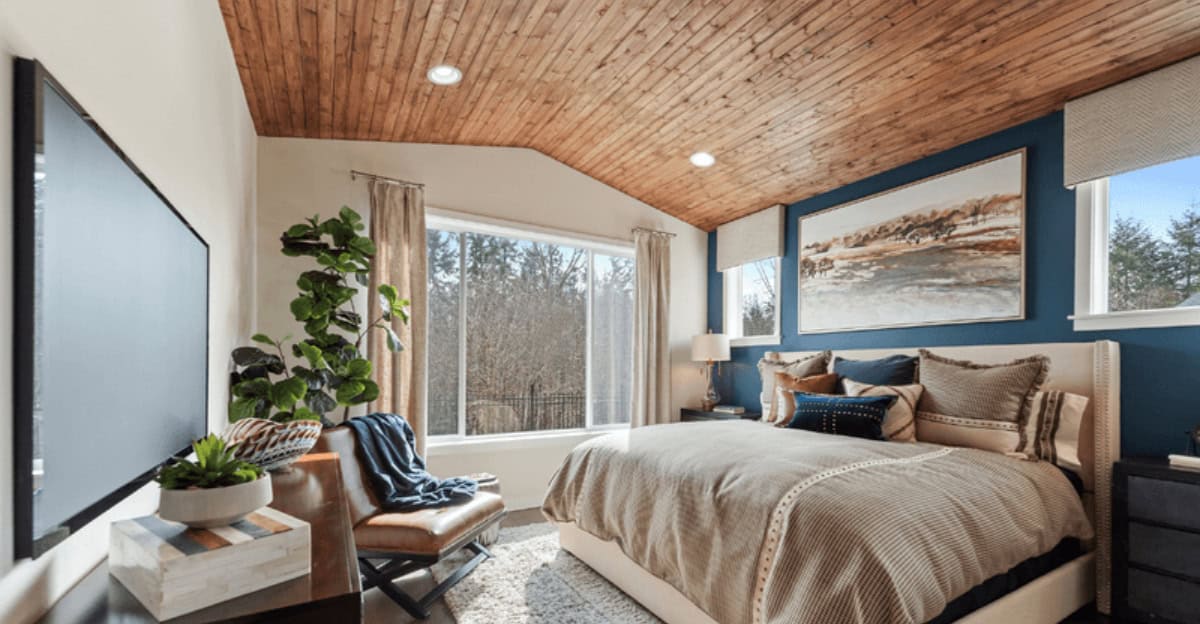In the dynamic world of interior design, trends come and go with the seasons. However, some furniture pieces have overstayed their welcome, leaving designers yearning for innovation.
While comfort and style remain paramount, certain items have become ubiquitous in new homes, stifling creativity and personality.
Let’s explore 10 types of furniture that designers are eager to move past, offering new homeowners fresh ideas to rejuvenate their living spaces with unique flair.
1. Mass-Produced Sectionals
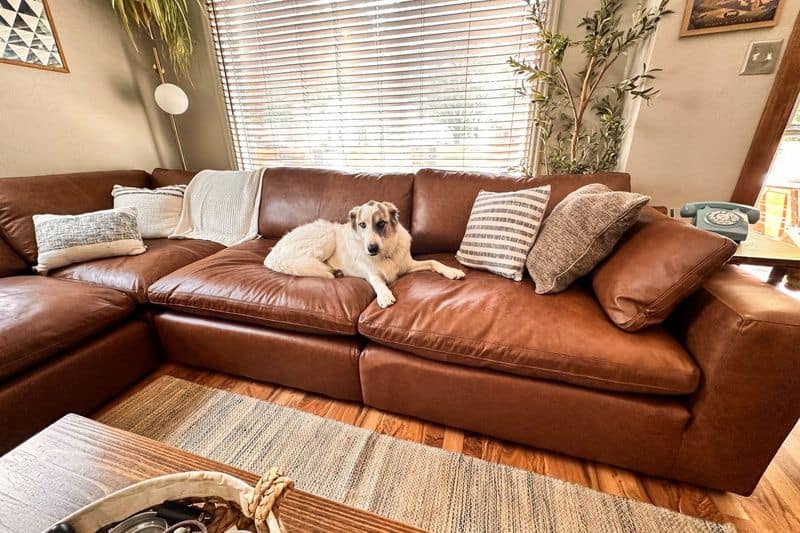
Sectionals are practical, but the market is saturated with identical, mass-produced models that lack character.
Imagine entering a friend’s home, only to see the exact same sectional that populates your own living room.
These pieces often dominate space, leaving little room for creative expression or complementary furniture. Designers crave more unique seating options that reflect the homeowner’s taste.
Consider a vintage sofa or a custom piece that adds a personal touch to your space.
With a myriad of textures and colors available, the possibilities for creating a distinct atmosphere are endless. Stand out with originality and flair!
2. Shiplap Walls
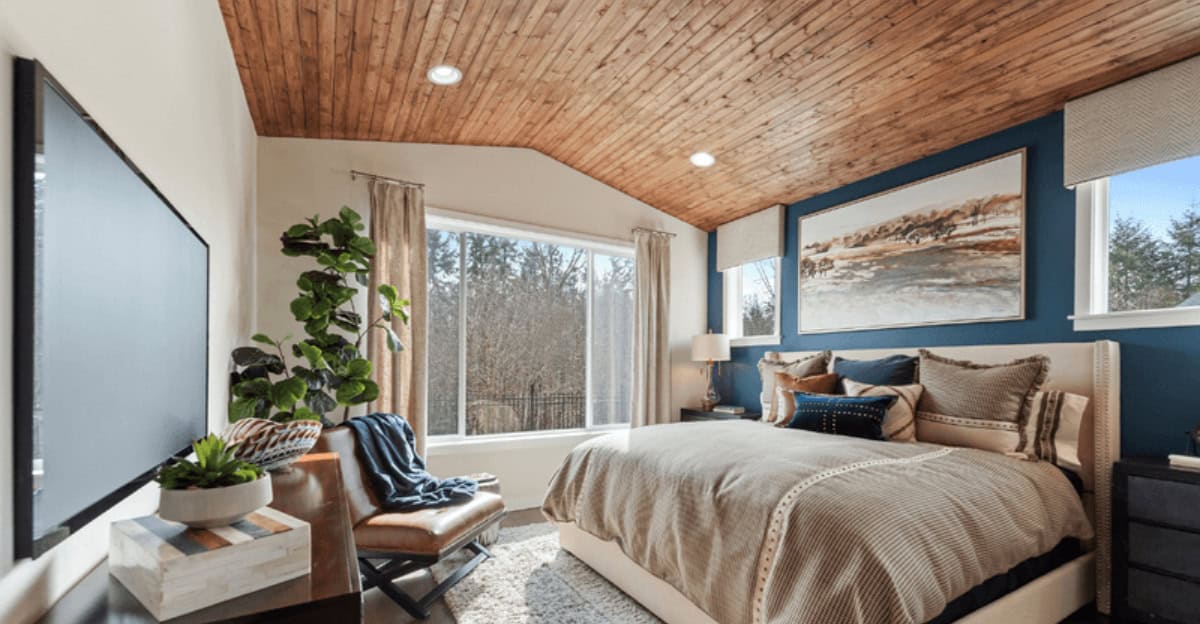
Once the darling of the farmhouse trend, shiplap walls have now become a staple that many designers are ready to leave behind.
While initially charming, the rustic look feels overdone, especially when applied in modern homes that cry out for more innovative wall treatments.
Why not explore textured wallpapers or bold paint colors that energize a room? Shiplap can still have its place when used sparingly, perhaps as an accent rather than a blanket solution.
Designers are eager for walls that tell a story, capturing the essence of the homeowner’s style without relying on clichéd designs.
3. Industrial Pipe Shelves
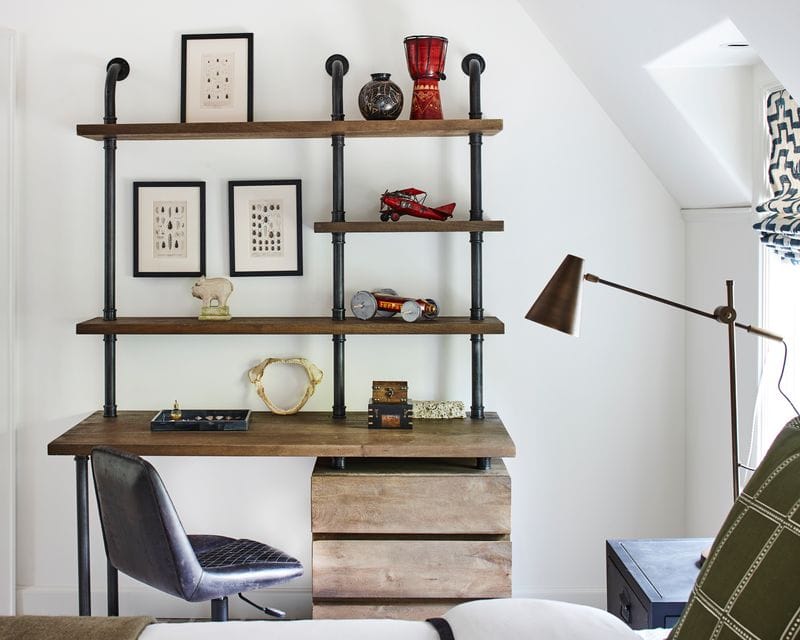
Industrial-style pipe shelves once added an edgy, urban feel to interiors. However, their ubiquity has led to design fatigue. These shelves often lack warmth, making spaces feel more like warehouses than homes.
Designers encourage exploring softer, more eclectic shelving options that blend materials and styles.
Wood-and-glass combinations or recycled materials can offer both functionality and a personalized touch, moving away from the stark industrial vibe.
By incorporating diverse textures and shapes, shelving can become an integral part of the room’s design, adding depth and interest rather than predictable uniformity.
4. Barn Doors
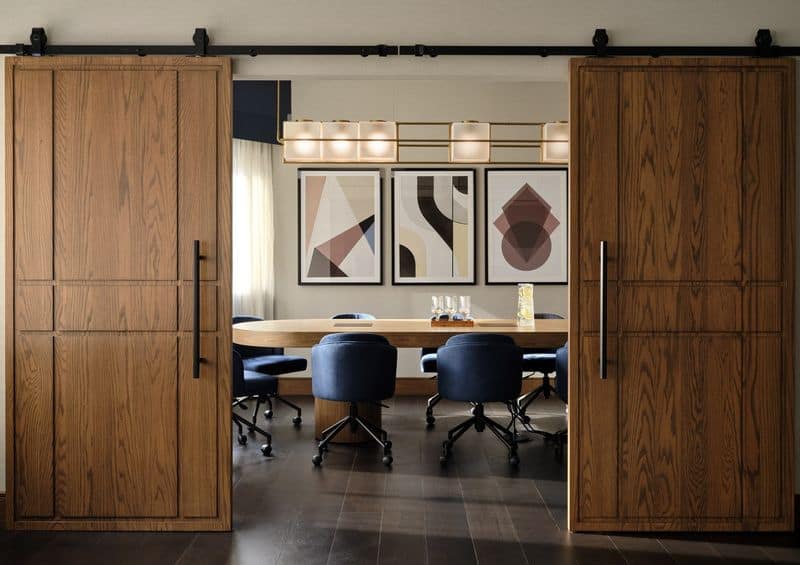
Barn doors slid into the design scene with a rustic charm that captivated many. Yet, their overuse has transformed them into a predictable feature.
Their bulk and mechanics can overpower a room, disrupting the flow of space.
Designers advocate for sleeker, more modern sliding doors or innovative room dividers that maintain openness while providing functionality.
Consider frosted glass or minimalist wooden panels for a contemporary twist.
These alternatives allow spaces to breathe, offering privacy without sacrificing style. The goal is to blend function with aesthetics, creating harmonious transitions between spaces.
5. Overly Industrial Lighting
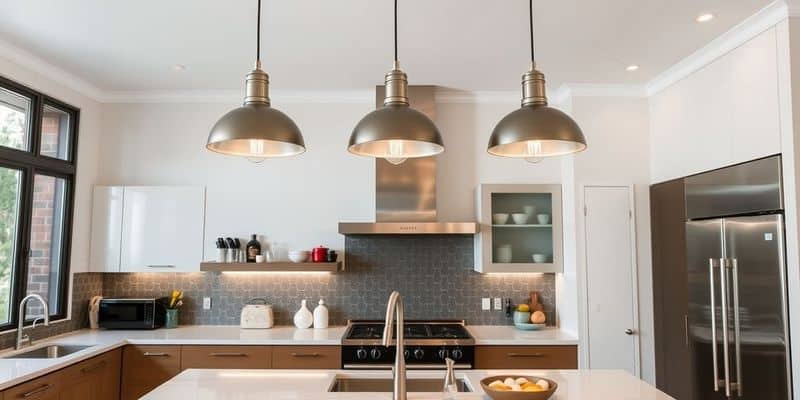
Industrial lighting once illuminated homes with a stylishly rugged edge. However, its heavy fixtures now feel imposing and stark.
Designers are moving towards lighting that complements the space, blending seamlessly with the room’s character.
Think along the lines of softer, more ambient lighting options, such as sleek pendant lights or elegant chandeliers that add sparkle and warmth.
By using light as a design feature, homeowners can create inviting atmospheres that are both functional and visually pleasing.
The shift from the harshness of industrial styles to more adaptable lighting options is a welcome change.
6. Minimalist Scandinavian Chairs
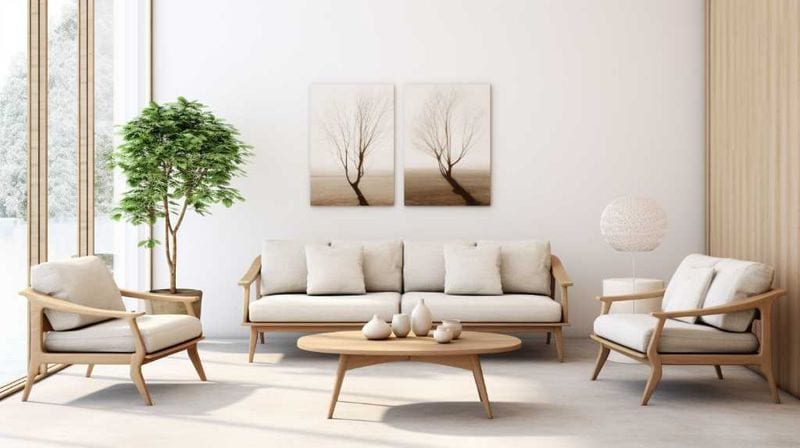
Scandinavian design embraced minimalism, offering clean lines and simple forms. Yet, the sheer volume of similar chairs has led to a design plateau, leaving rooms feeling uninspired.
Designers are seeking seating that makes a statement, pulling in vibrant colors, unique shapes, and unexpected materials. An eclectic mix can revitalize spaces, infusing them with personality and charm.
Consider chairs that tell a story or evoke an emotional response, transforming them into focal points rather than mere functional items.
It’s time to embrace complexity and color, turning seating into an expression of style and creativity.
7. Monochrome Kitchens
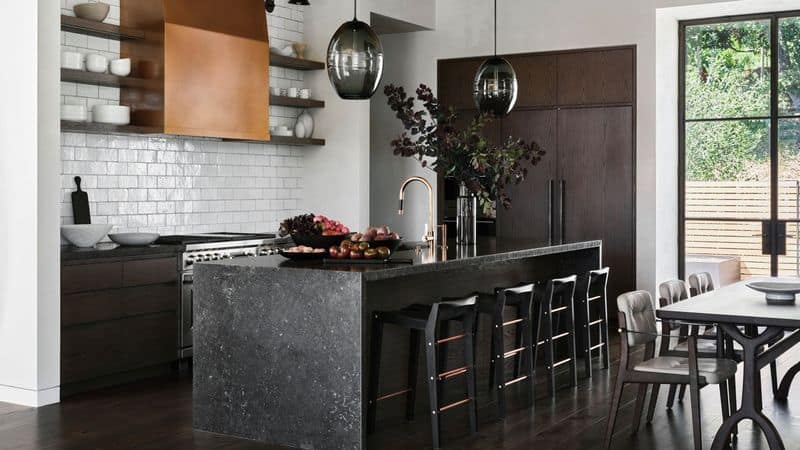
Monochrome kitchens offer sleek elegance but often at the expense of warmth and individuality. The pervasive use of white and gray can make spaces feel sterile and unwelcoming.
Designers are advocating for kitchens that incorporate bold splashes of color or mixed materials to create depth and interest.
Think about vibrant backsplashes, colorful cabinetry, or unique countertops that reflect personal style.
By infusing kitchens with character, homeowners can enjoy spaces that are both functional and full of life, inviting creativity and culinary adventures.
A kitchen should be the heart of the home, not a clinical workspace.
8. Pallet Furniture
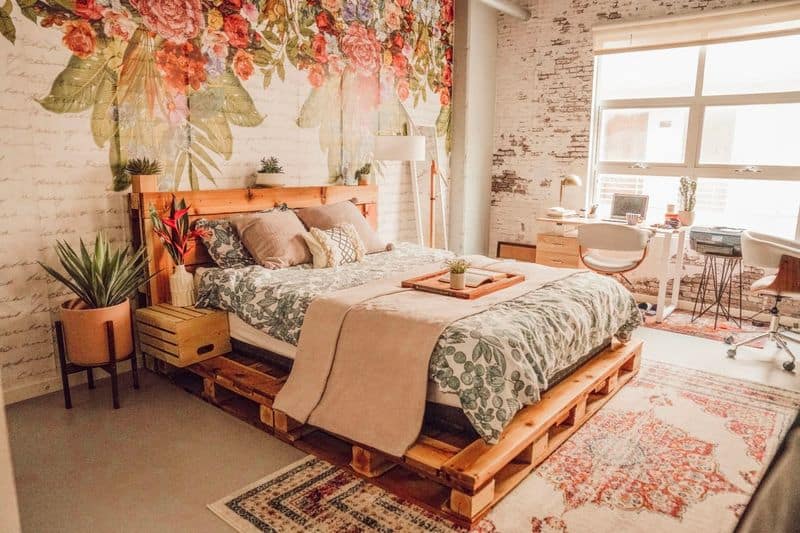
Pallet furniture emerged as a trendy, eco-friendly solution, but its charm has faded as it became overly common. These pieces often lack refinement, leaving spaces feeling unfinished.
Designers are turning to more polished, sustainable options that maintain environmental responsibility without sacrificing aesthetics.
Reclaimed wood or vintage pieces can offer similar eco-conscious benefits while providing a more sophisticated look.
It’s about finding the balance between sustainability and style, creating furniture that enhances the room’s design rather than detracting from it.
The goal is to elevate interiors with pieces that are as functional as they are beautiful.
9. Chevron Patterns
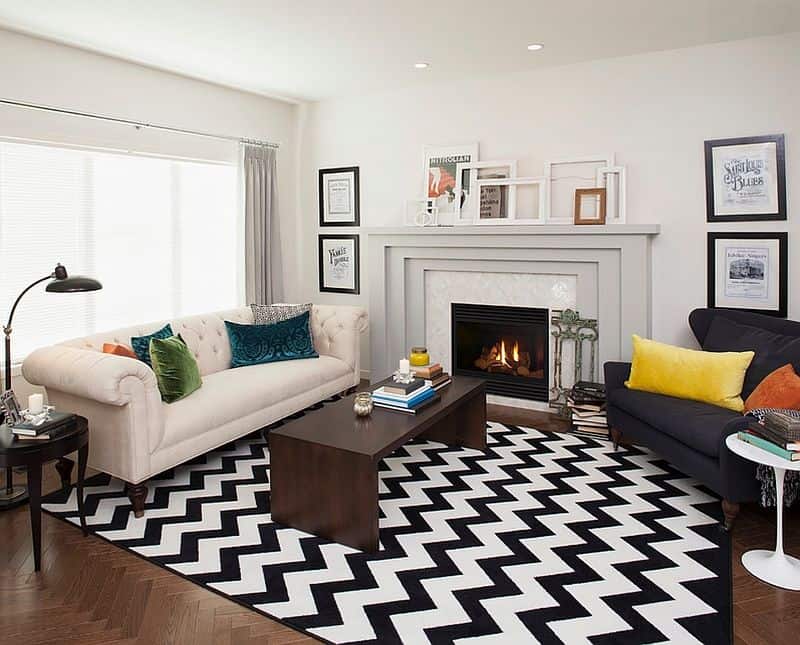
Chevron patterns once added dynamic movement to interiors, but their overuse has led to a lack of originality. These patterns can overwhelm a space, detracting from other design elements.
Designers are encouraging the use of more subtle, sophisticated patterns or textures that complement rather than dominate a room’s decor.
Consider organic patterns or solid colors that enhance the room’s ambiance and allow other features to shine.
It’s about creating harmony within the space, ensuring that design elements work together to tell a cohesive story rather than competing for attention.
Simplification often leads to elegance and timeless appeal.
10. Faux Taxidermy
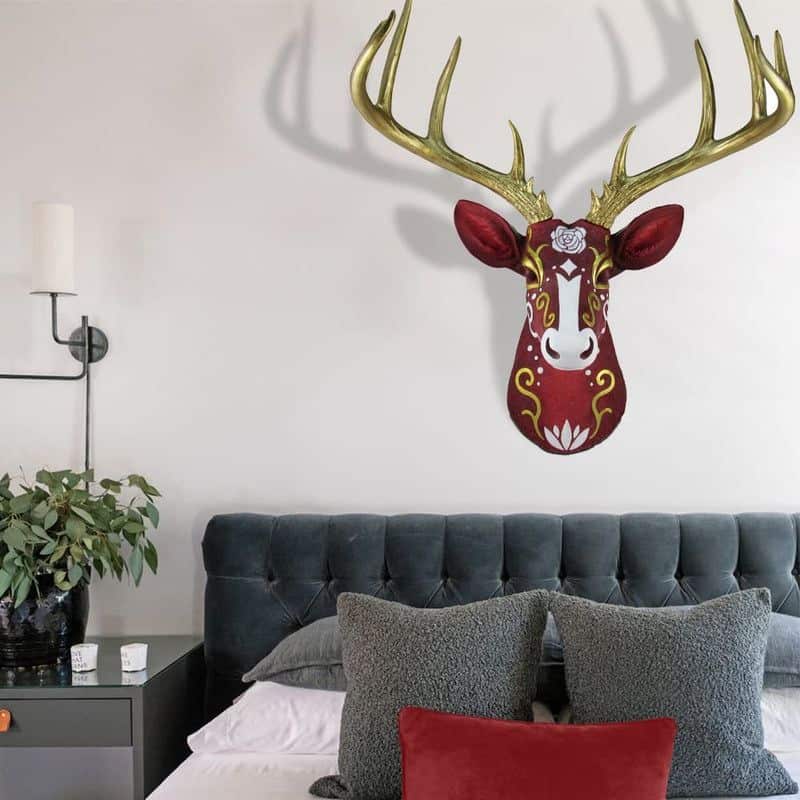
Faux taxidermy added a quirky touch to interiors, offering a playful nod to natural history. However, their widespread use has turned them into kitschy decor that many designers are ready to retire.
Instead, consider wall art that reflects personal interests or artistic pursuits, such as handcrafted pieces or original paintings.
These alternatives offer more meaningful connections to the space, transforming walls into canvases that express individuality.
By moving away from novelty items, homeowners can create more sophisticated interiors that resonate with their personal style and elevate the overall design.

